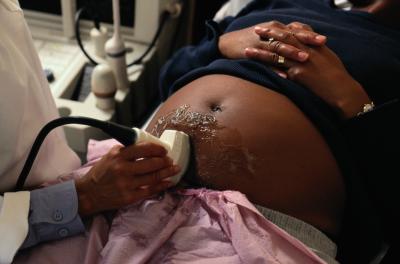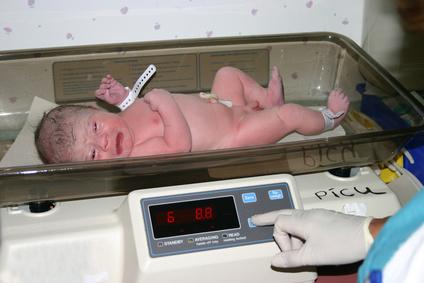Search Results for: analysis performed
How to Get Pregnant Without Having Sex
While sexual intercourse is the method most women use to get pregnant, other options exist. Artificial insemination is a procedure that can help a woman conceive without having sex. Although this method can be costly, it offers an alternative to couples with fertility problems, as well as providing homosexual couples and single women with parenting possibilities.
3-D Ultrasounds During Pregnancy
An ultrasound gives you a peek at your new bundle of joy even before delivery day. Ultrasounds are often used as a tool to make sure the baby is growing and developing properly. More recently, businesses offering a more entertaining keepsake ultrasound experience have opened. Take time to familiarize yourself with 3-D ultrasounds before getting one.
How to Test for Male Infertility
For many couples, starting a family is an easy process. They decide the time has come, they stop using birth control protection, and the woman becomes pregnant. For some couples, however, pregnancy does not occur. Determining why you and your partner are having trouble conceiving can be a complicated process that may leave you wondering if your partner has fertility problems. Several medical procedures can be used to determine if your male partner is infertile.
Birth Control Options After Pregnancy
Sex may be the last thing on your mind right after having your baby. However, once you begin having sex after pregnancy, using birth control will help prevent an unplanned pregnancy. The Mayo Clinic warns that sex following pregnancy requires the use of birth control, unless you want to become pregnant right away. Although breastfeeding may delay the return of your fertility for a few months, this method of preventing conception may not be effective for some women, especially beyond six months after delivery. If you just had a baby and want to wait awhile before having another, consider your birth control options.
About DNA Paternity Testing
For generations, identifying the father of a child was often only a matter of guesswork–the genetic code and the scientific methods used to isolate and identify it were unknown. In recent decades, a greater understanding of DNA has made it possible for the parents and close relatives of a child to be quickly and correctly identified. DNA paternity tests are an inexpensive and discreet way to determine a child’s father.





